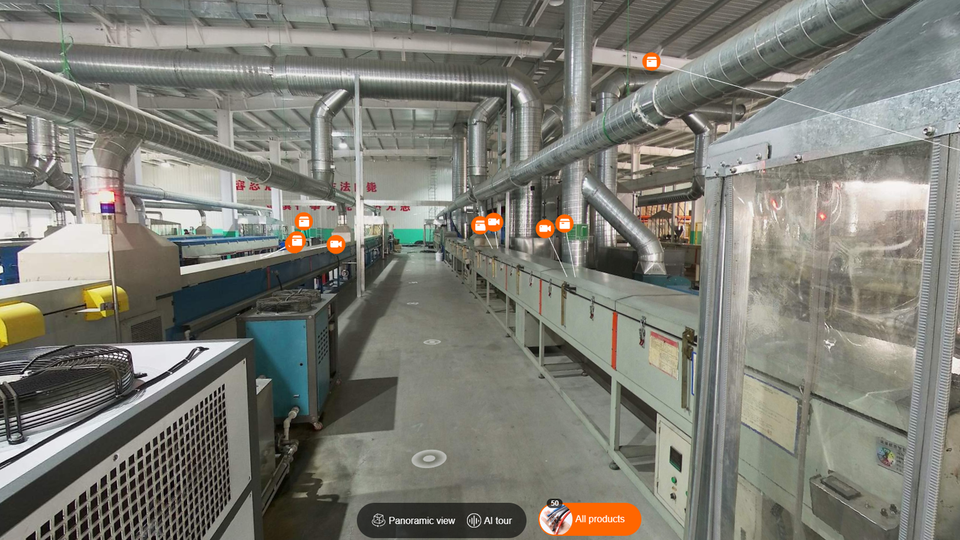Essential Guide to Car Weather Stripping Maintenance and Replacement Tips
Understanding Car Weather Stripping Importance and Maintenance
When it comes to maintaining the comfort and integrity of your vehicle, one often overlooked component is the weather stripping. Car weather stripping plays a crucial role in keeping your vehicle protected from the elements while enhancing your driving experience. In this article, we will explore what car weather stripping is, its importance, and how to maintain it to ensure a long lifespan and optimal performance.
What is Car Weather Stripping?
Car weather stripping refers to the rubber or foam seals that are placed around various parts of a vehicle, including the doors, windows, sunroofs, and trunk. These strips create a barrier that prevents rain, wind, dust, and other debris from entering the car's interior. Additionally, weather stripping acts as an insulator, keeping your car's climate control system effective by trapping heated or cooled air inside.
The Importance of Weather Stripping
The importance of car weather stripping can be highlighted through various functions it performs
1. Protection from the Elements Weather stripping keeps water and moisture from leaking into the cabin of the vehicle, which can lead to mold, mildew, and unpleasant odors. This is particularly vital in regions with heavy rainfall or snow.
2. Noise Reduction A well-sealed car will reduce noise from outside, providing a quieter and more peaceful driving experience. Worn or damaged weather stripping can lead to increased road noise, making your time on the road less enjoyable.
3. Energy Efficiency Efficient weather stripping helps maintain the desired temperature inside your vehicle. By preventing drafts and leaks, your heating and air conditioning systems don't have to work as hard, leading to better fuel efficiency.
4. Enhanced Security Properly installed weather stripping ensures that doors and windows close securely, making it more difficult for intruders to gain access to your vehicle.
car weather stripping

Common Issues with Weather Stripping
Over time, weather stripping can wear out due to exposure to sunlight, temperature fluctuations, and regular use. Common issues include cracks, tears, or complete detachment from the vehicle frame. These problems can lead to a host of issues, including leaks, increased noise, and decreased energy efficiency.
Maintenance of Weather Stripping
To keep your weather stripping in optimal condition, regular maintenance is crucial. Here are some tips
1. Cleaning Keep the weather stripping clean by wiping it down regularly with a damp cloth. Avoid using harsh chemicals that can degrade the rubber or foam.
2. Conditioning Just like leather seats, weather stripping can benefit from conditioning. Apply a silicone-based lubricant or a specialized rubber conditioner to keep the material soft and pliable. This can prevent cracking and help maintain its sealing properties.
3. Inspection Regularly inspect your weather stripping for any signs of wear and tear. If you notice any cracks or tears, consider replacing the damaged sections to ensure a proper seal.
4. Replacement If your weather stripping is beyond repair, replacing it is a straightforward process. Most car retailers and online stores offer weather stripping kits designed for specific makes and models. Follow manufacturer guidelines or consult with a professional to ensure proper installation.
Conclusion
Car weather stripping is an essential component that protects your vehicle from the elements, enhances your comfort, and contributes to energy efficiency. Neglecting this vital feature can lead to bigger problems down the line, including water damage, increased noise, and higher fuel consumption. By understanding its importance and committing to regular maintenance, car owners can enjoy a safer, quieter, and more comfortable driving experience. So the next time you step into your vehicle, take a moment to appreciate the unseen work that weather stripping does, and be sure to give it the care it deserves.
-
Under Door Draught Stopper: Essential ProtectionNewsJul.31,2025
-
Garage Door Seal and Weatherstrips for ProtectionNewsJul.31,2025
-
Edge Banding Tape for Perfect EdgesNewsJul.31,2025
-
Table Corner Guards and Wall Corner ProtectorsNewsJul.31,2025
-
Stair Nose Edging Trim and Tile Stair SolutionsNewsJul.31,2025
-
Truck Bed Rubber Mats for Pickup BedsNewsJul.31,2025
-
Window Weather Stripping for Noise ReductionNewsJul.29,2025